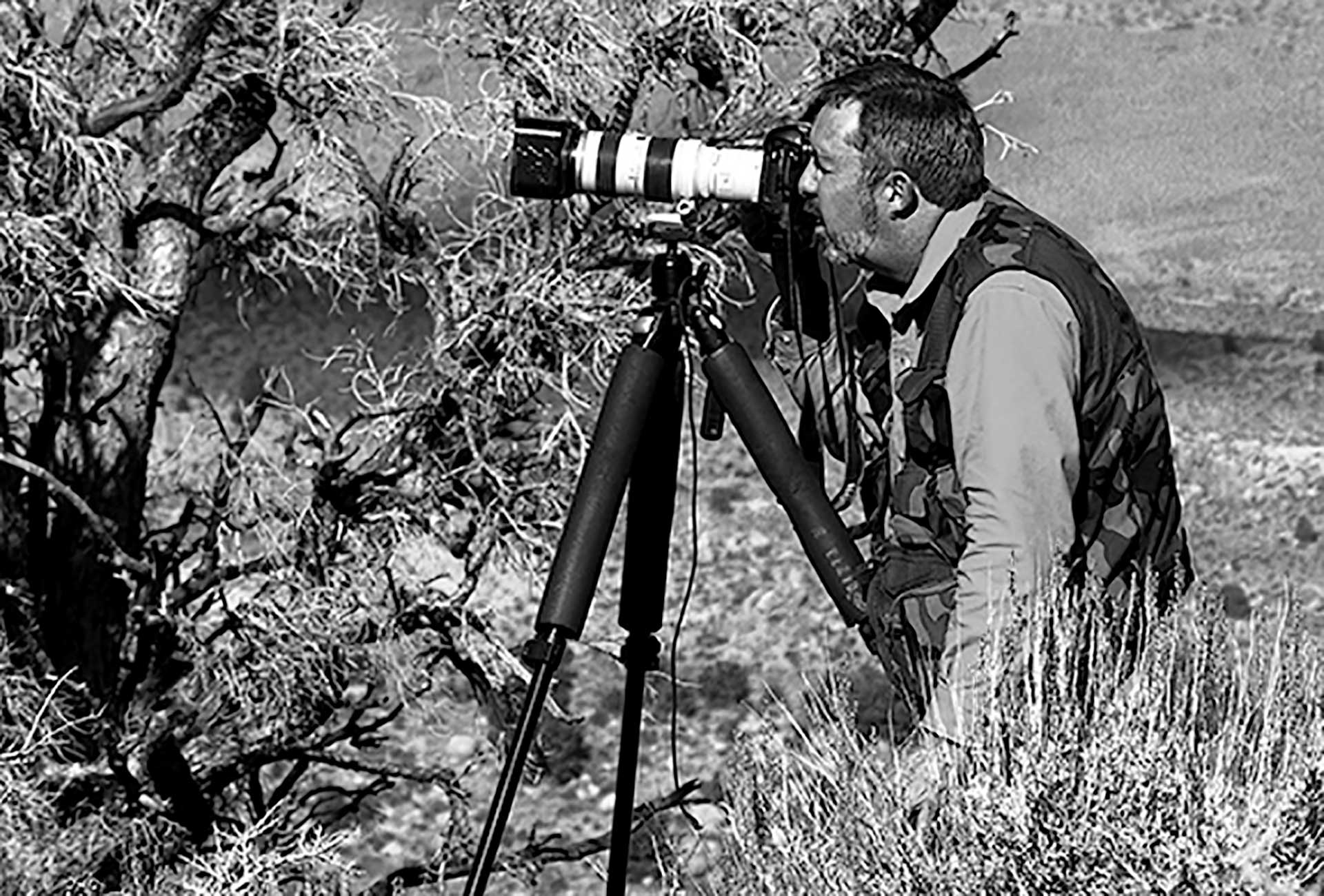

The quality of my work is the result of three factors: intense study, hard work, and God-given abilities. I was never pushed to create art nor was I discouraged from doing so. I have a personal attraction for creative endeavors and for all things artistic, particularly the innate art and majesty of Creation. However, only through hard work did this God-given ability result in the images I seek to create today. Only hard work, dedication, and the decision to never ever quit are responsible for turning talent into images that are a representation of my vision. The vision was always there. The ability to express this vision as art is something I strive to improve upon day-by-day.
I attended a seminar presented by famed National Geographic photographer Sam Abel once, and during his presentation he talked about the influence his father had on himself and his photographs. I really appreciated those personal insights, since my father also influenced, or actually initiated, my interest in photography, although I don’t think he realized it at the time and neither did I. My dad was always snapping pictures on outings, vacations, special family times, and whenever he had the chance. He had several cameras that he used, including a Voightlander medium format and a Rolleiflex with recommended f-stops and shutter speeds written in German for differing light conditions; I still have both of these cameras which he returned with from World War II. He also had a regular 8mm and Super 8mm movie camera which he pulled out to shoot almost as much as the stills. So, my first introduction into the world of photography was as a model for dad and then for some photographers that would come around once a year or so to get the annual “Pony Picture” for the family albums.
I would occasionally be allowed to snap a shot or two with dad’s gear, but my first personal camera was a Mamiya Sekor 1000 DTL 35mm film camera with a 55mm f/1.8 lens that I purchased after entering the military to serve in the U. S. Air Force. I later sold the Mamiya, and in 1972 I purchased a Canon FTb film camera with a 55mm f/1.2 lens which I also still have today. Since then, I have used Canon cameras and lenses almost exclusively in my photographic journey. Prior to serving in the military, I managed to log a single semester of university coursework at the University of North Alabama (UNA). Upon my return, I purchased my first Canon F1 film camera and was re-admitted to UNA and completed a Bachelor of Arts degree with a major in Biology; although I completed a minor in a language, I graduated with just 2 courses shy of a minor in Photography. While at UNA, I was hired as a staff photographer for the university’s yearbook the “Diorama.” During that same period, I was also hired by the local television station as a camera operator and photographer mostly doing shooting and working up local business ads to be aired during the evening news. After moving west to complete advanced degrees in Wildlife and Range Resources, I purchased two additional Canon F1 bodies and a cohort of lenses which I shot for over 30 years. Sometime in about 2004, I purchased a Canon EOS IV HS which was Canon’s last film-based camera; and I still shoot take it out on occasion and shoot it today.
I entered the world of digital photography in 2010 when I purchased a Canon EOS 7D and a 24-70mm f/2.8 L lens. Subsequently, I purchased a Canon EOS 5D Mark III as well and both serve as part of my primary “go-to” gear. I use the 7D for telephoto work almost exclusively with its 1.6 crop factor and prefer the 5D for ultra-wides, wides, and normal lenses.
I have loved to read for my entire life and have an extensive library on film and digital photography. In 1998 while attending a wildlife conservation meeting, I met Jerry Sintz to introduced me to making digital prints. Jerry was using Epson printers exclusively and introduced me to Adobe Photoshop and provided initial instruction on turning a digital file or a scanned film file into a print. My two main printers used exclusively for photography are an Epson Stylus Pro 7600 and an Epson Stylus Pro 3800, both of which use Epson’s Ultrachrome K3 archival inks.